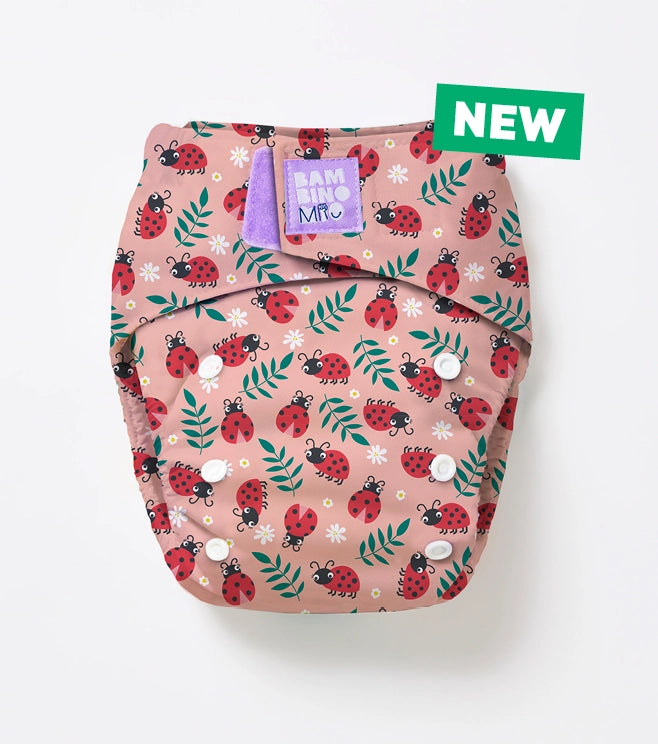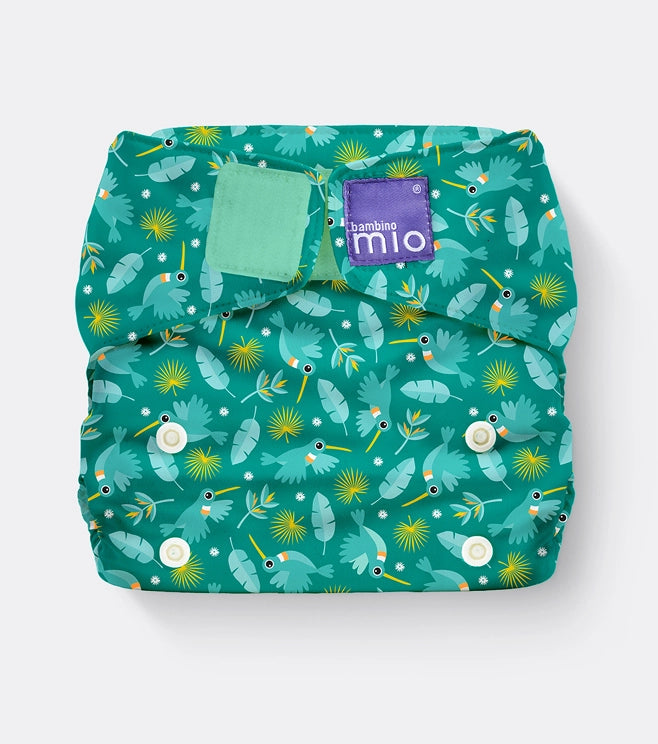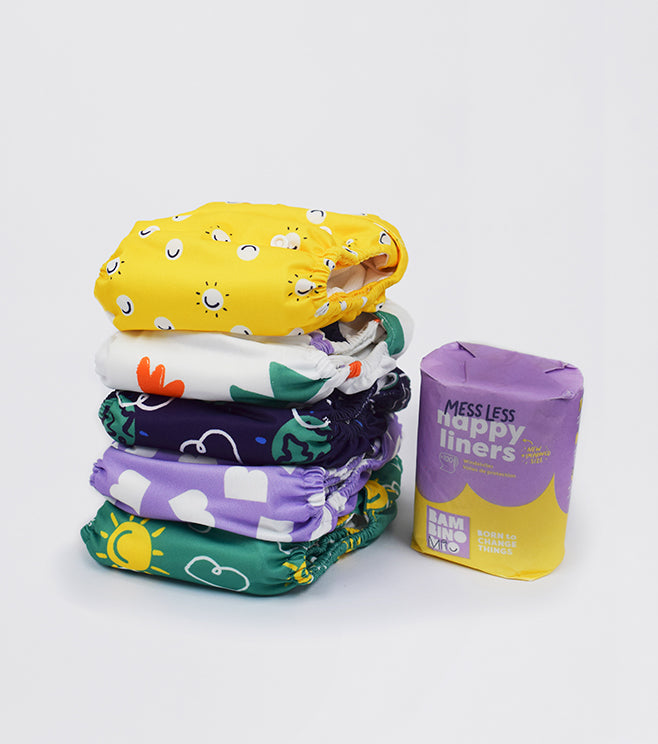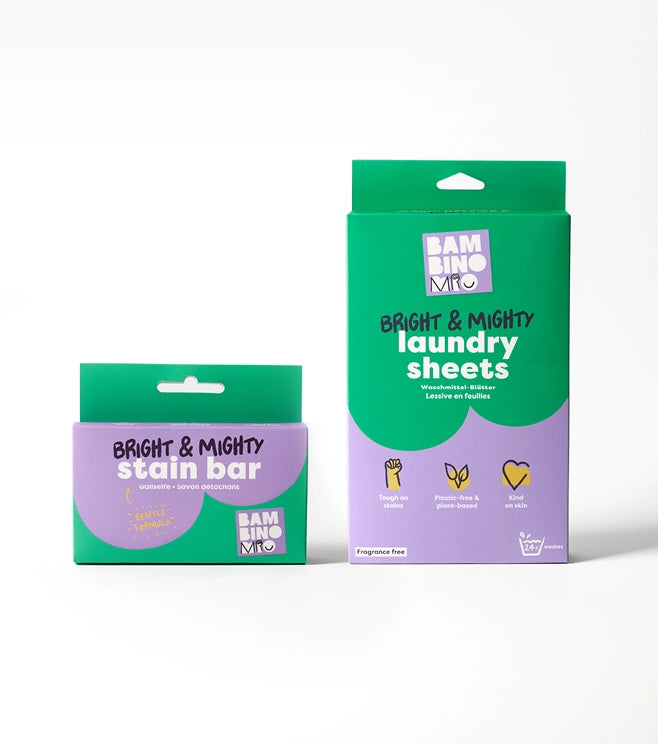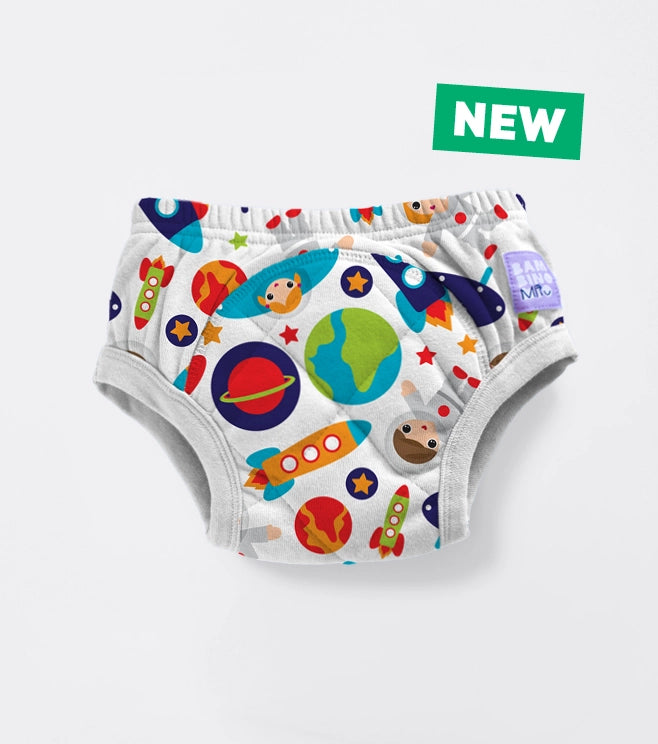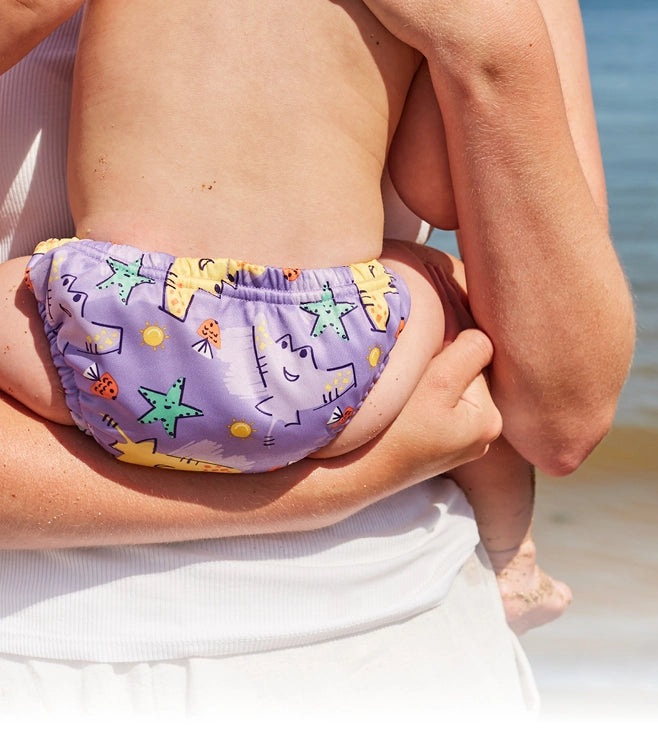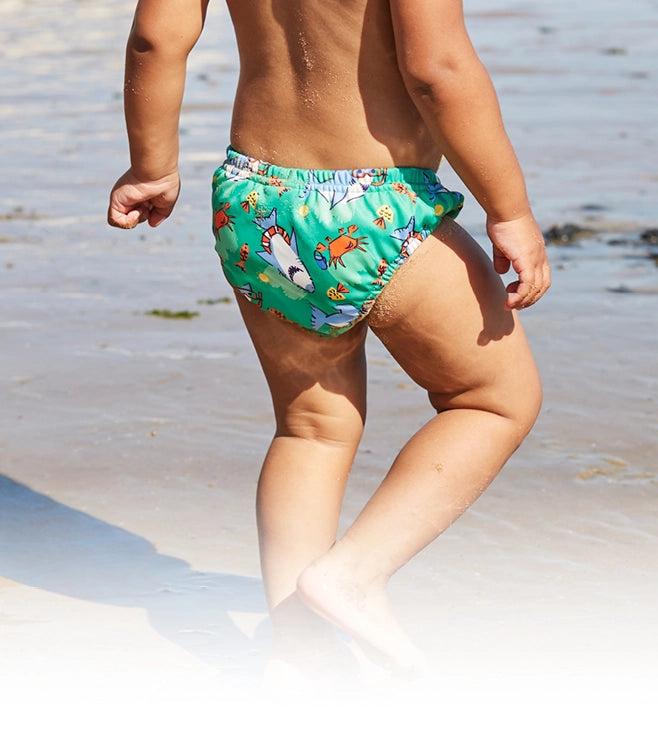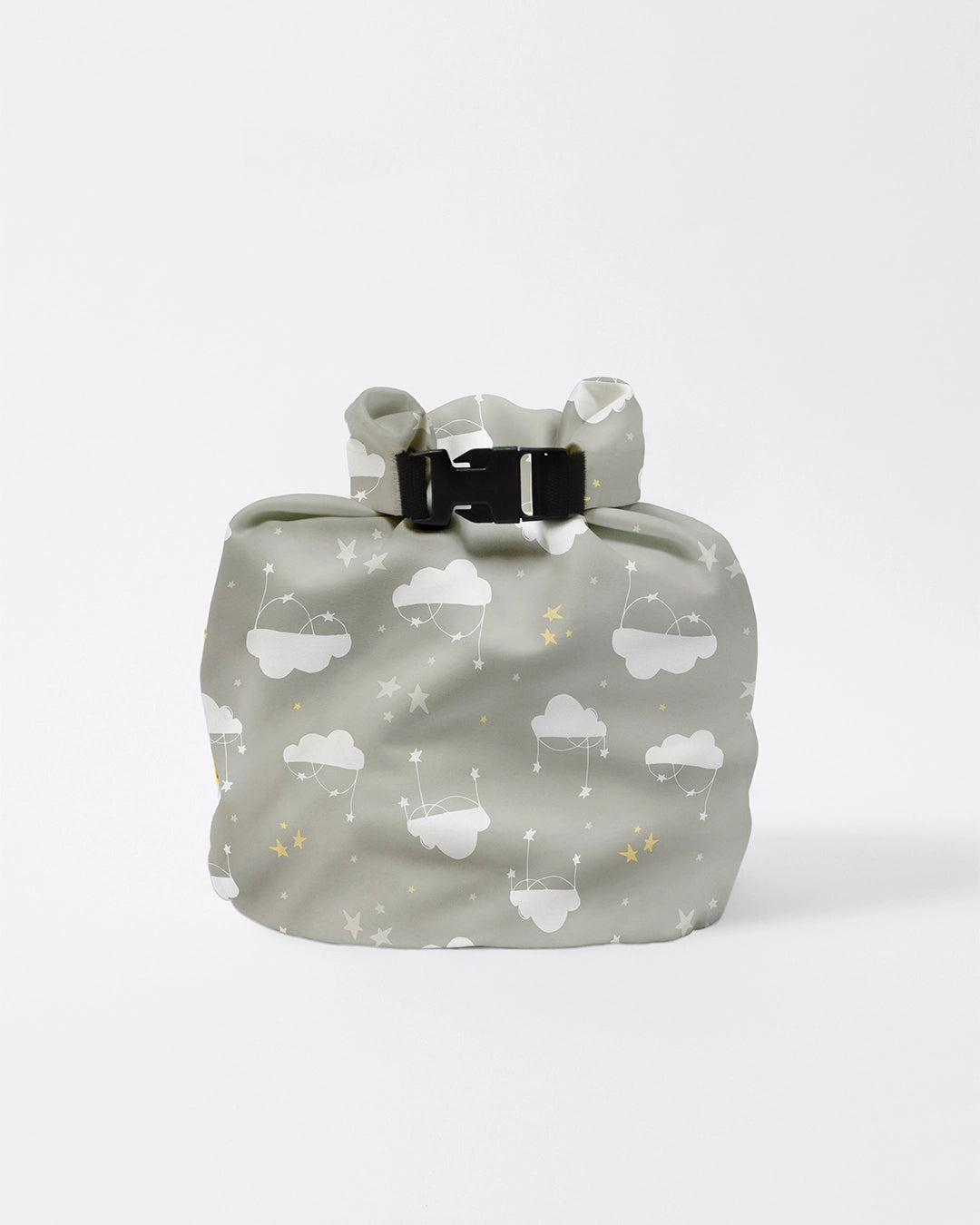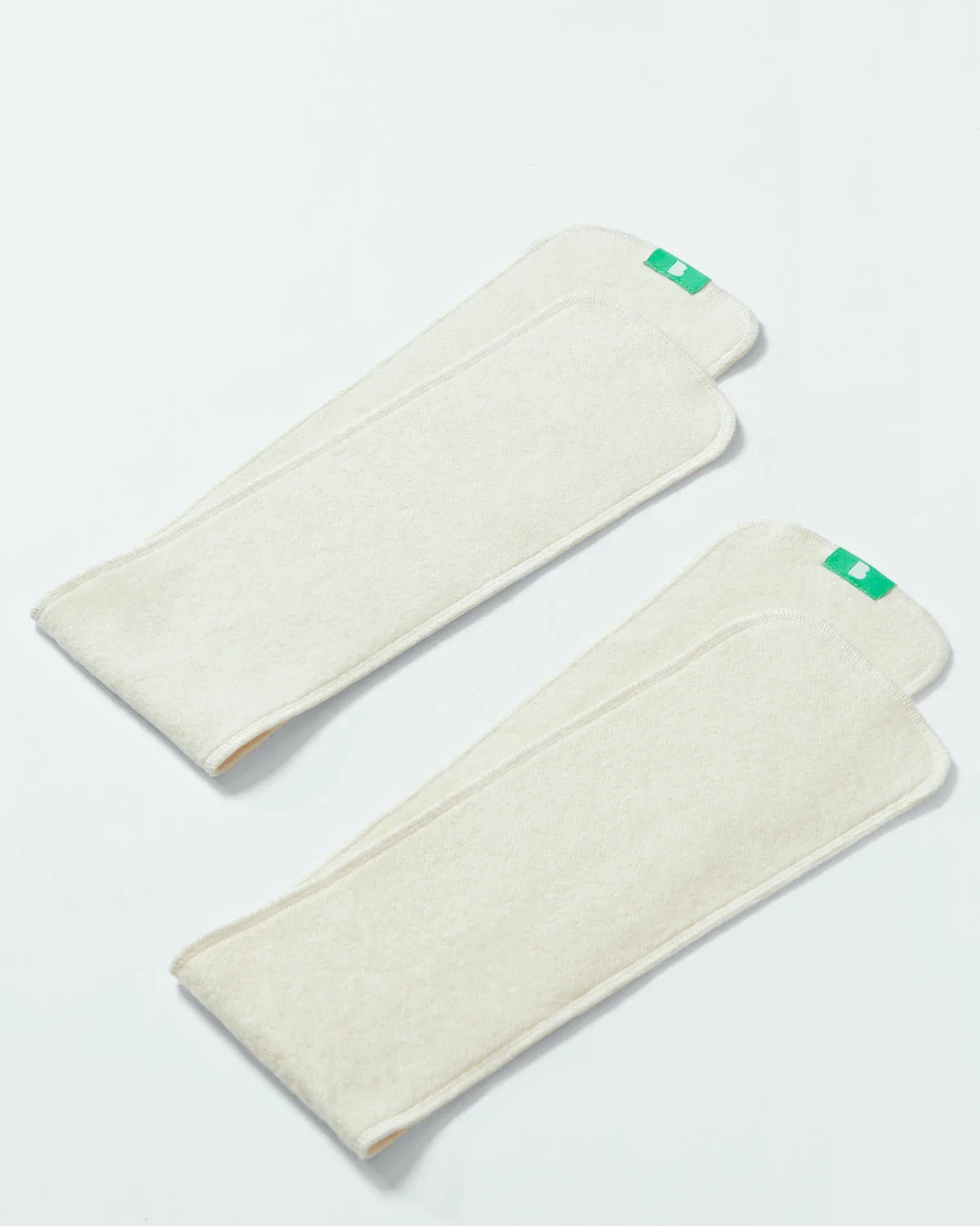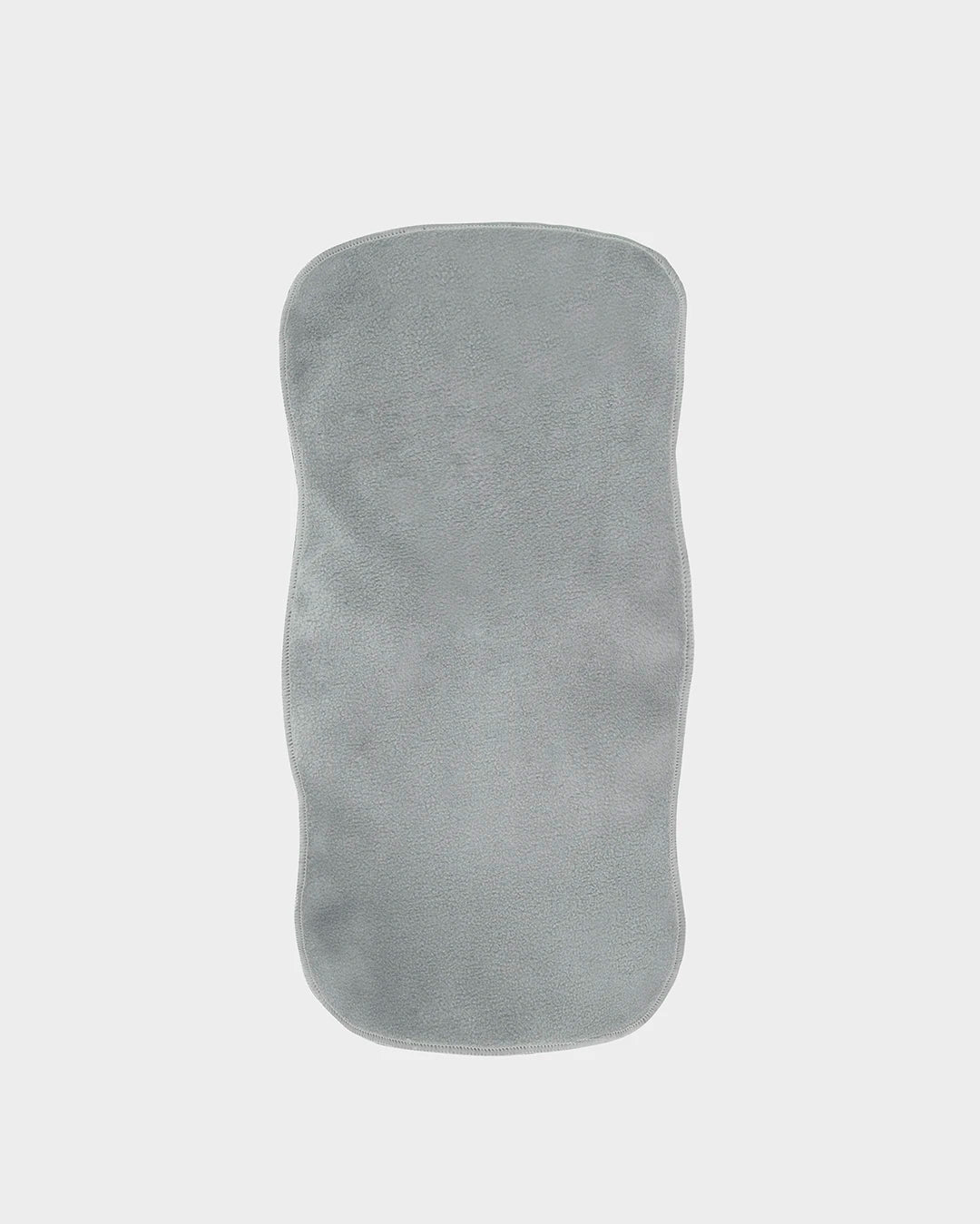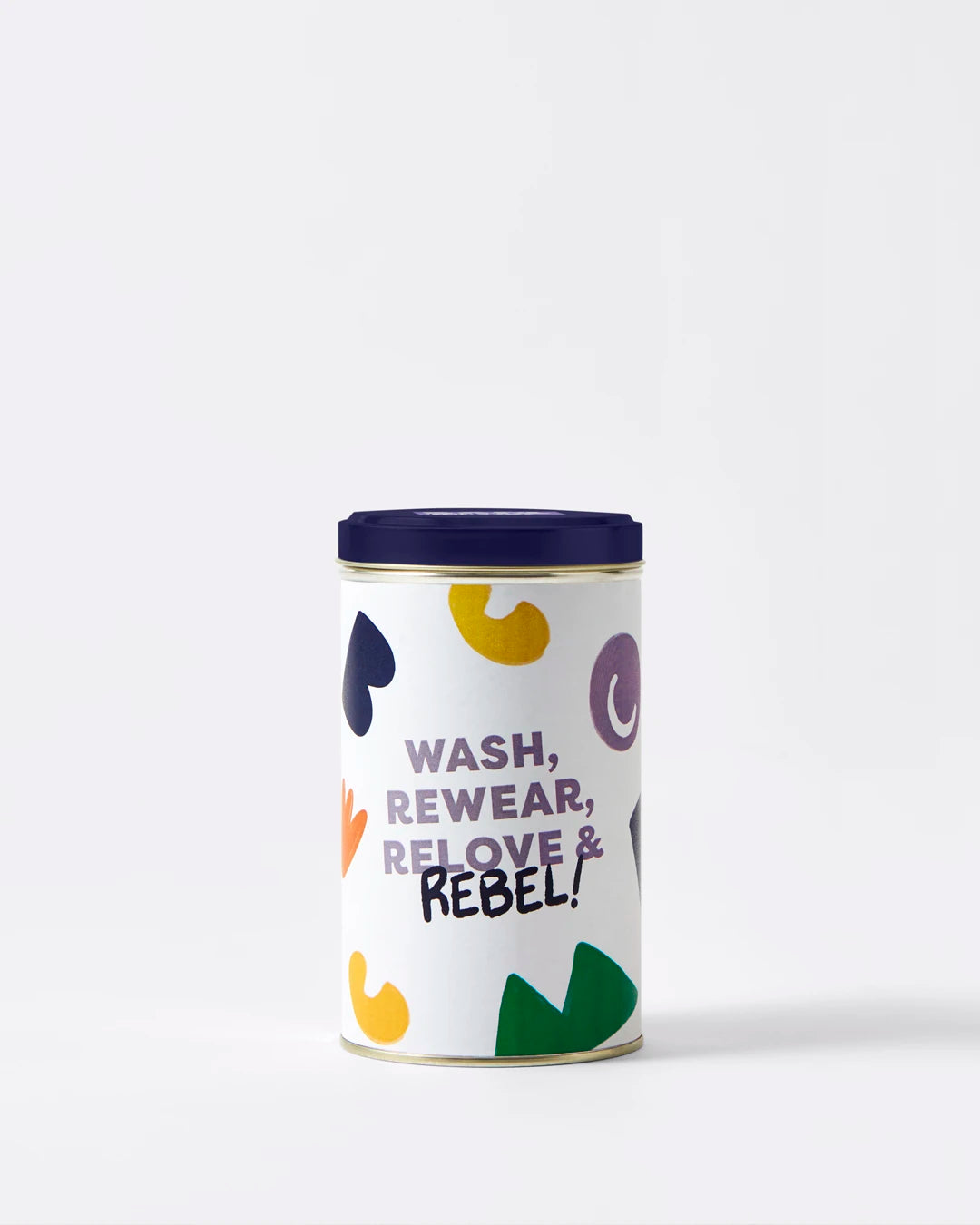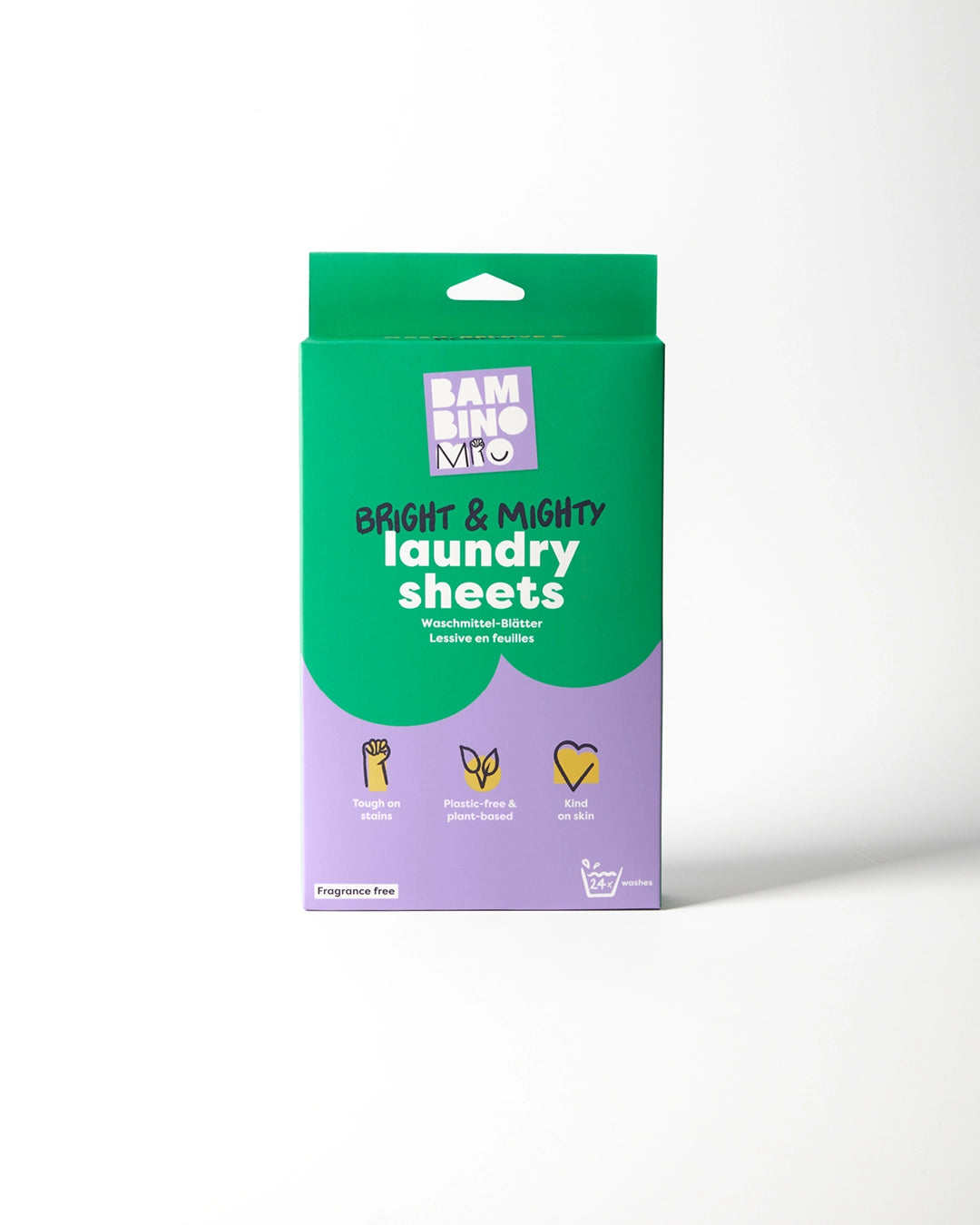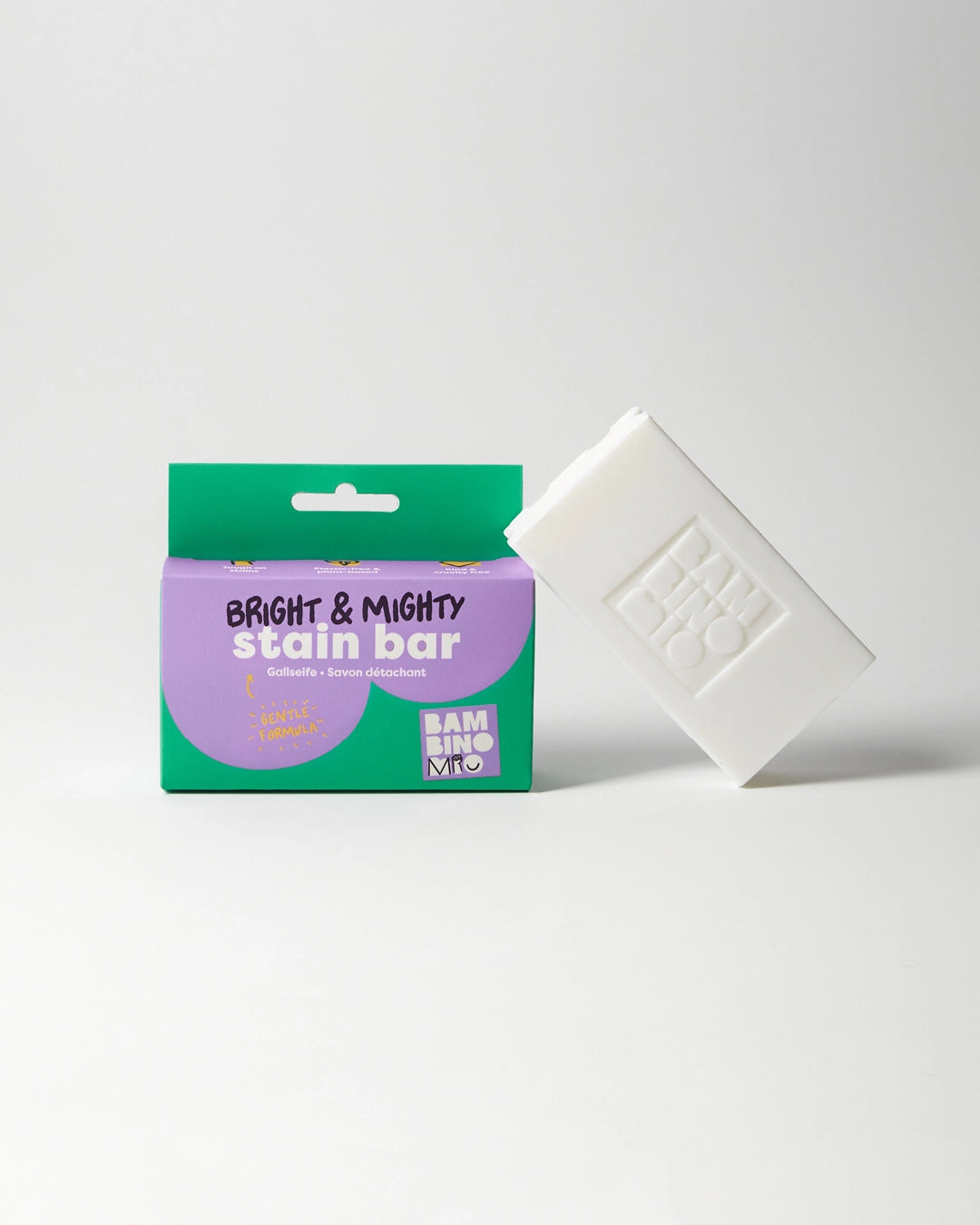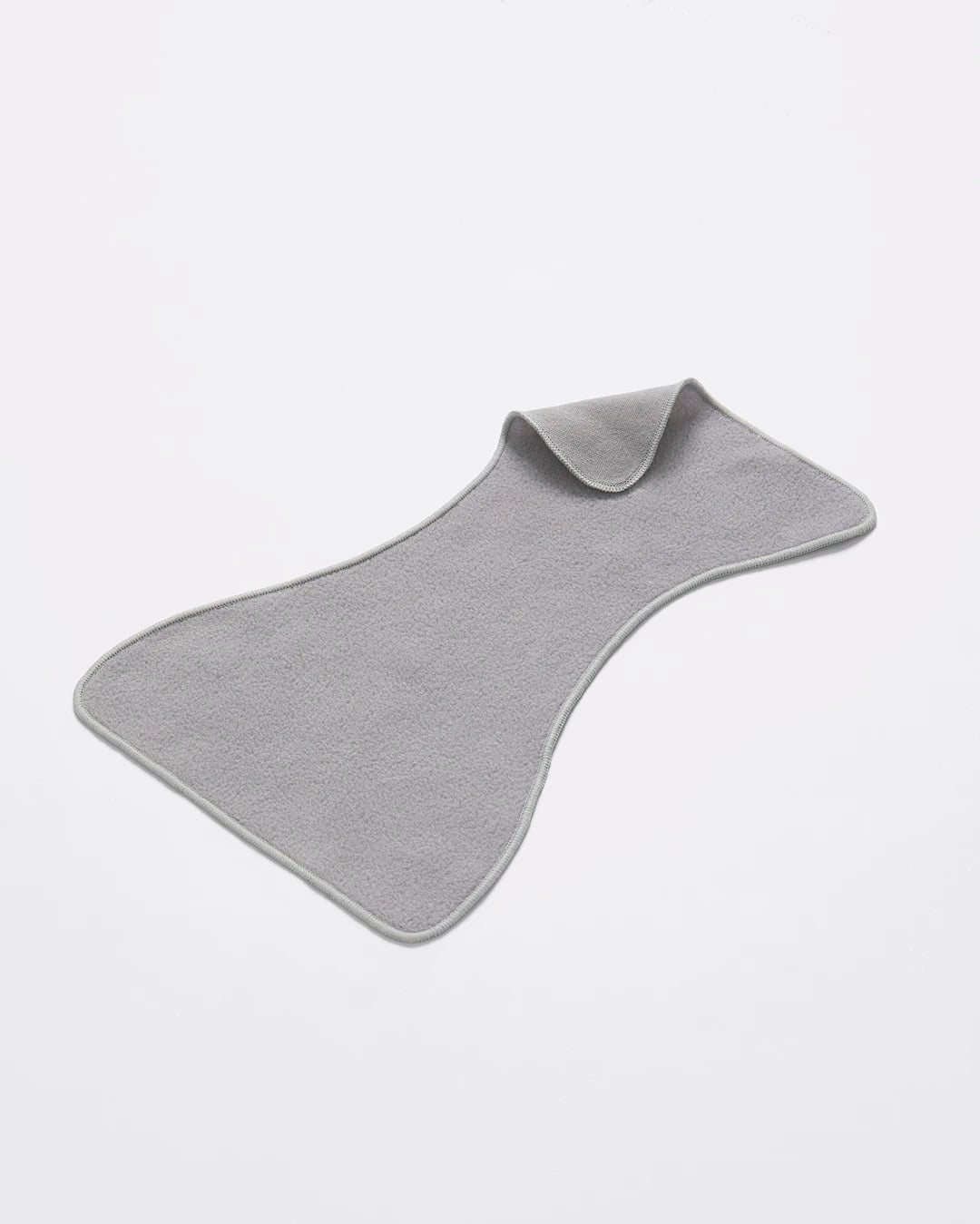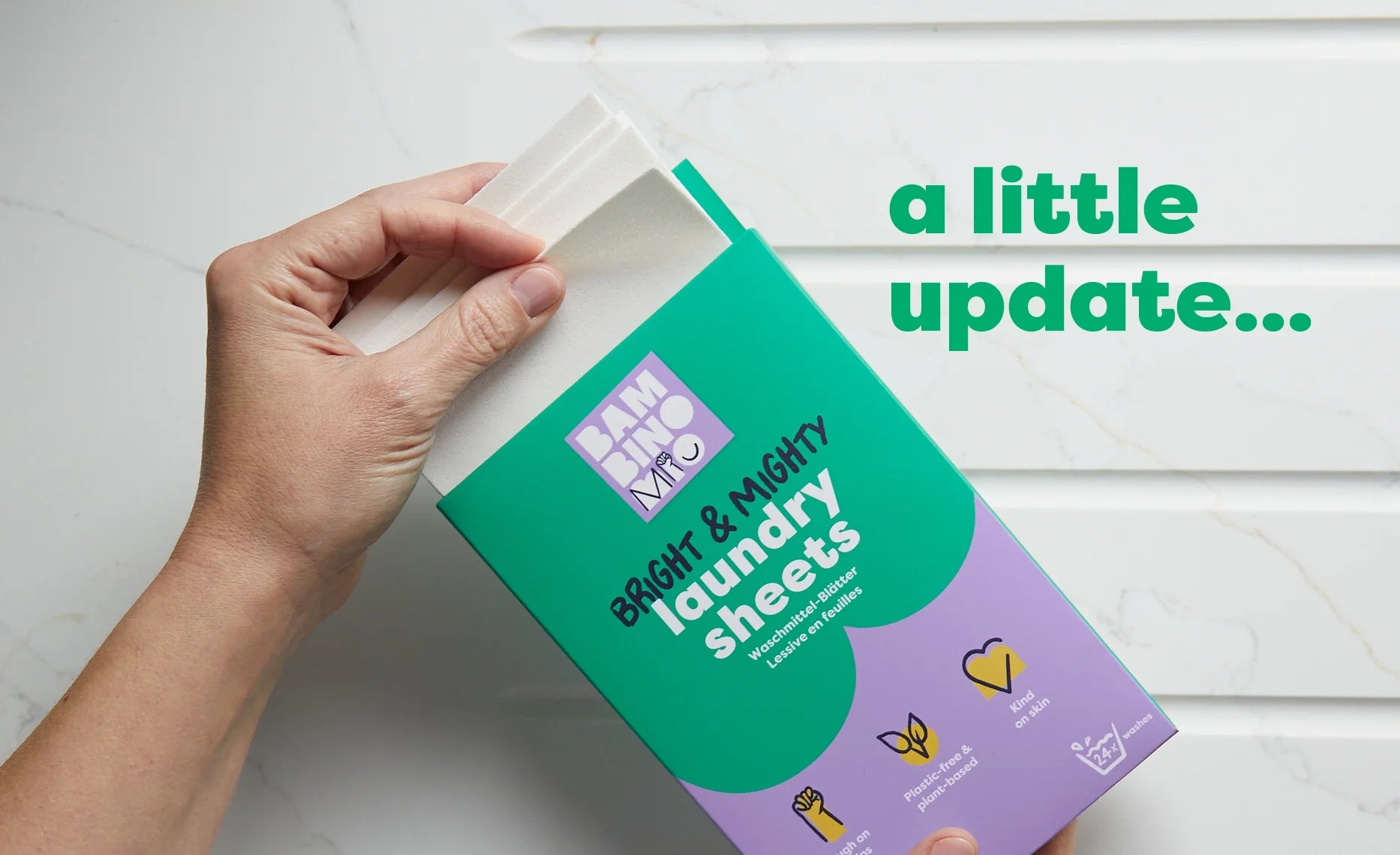Introducing Meat Safely
Share Options
- Bambino Mio
- 27 / 09 / 2023

For your attention: The nutritional information within this article is intended solely for general informational purposes. It is not to be considered as a replacement for tailored medical advice from a certified healthcare professional. It is imperative to consult with your paediatrician or a qualified medical expert before introducing new food items such as fish or nuts into your infant's dietary regimen, especially if there are pre-existing health concerns or a familial history of allergies.
Inside this Article:
How to Introduce Meat Safely to Your Baby
The NHS says it’s safe to start giving your baby meat from when they’re around six months of age (1), once they’ve already started to eat solid foods.
When you first start weaning, the NHS recommends your baby starts off with single vegetables and fruits (2), but once they’ve mastered the purees, they can move onto meat.
Which meat is best for my baby to start with?
The best types of meat to give to your baby are:
- Turkey
- Chicken
- Beef
- Lamb
- Pork
Many parents find softer meats like chicken are more popular with their babies, but red meats are also fine to start with.
Which meat should I avoid giving to my baby?
Your baby doesn’t need extra salt in any form, so don’t give them salted meats like bacon and sausages (3) - there’s plenty of time for that in the future!
How do I introduce meat to my baby?
The way you introduce meat to your baby depends on whether you’re spoonfeeding your baby or whether you’re using baby-led weaning.
Introducing meat if you’re spoonfeeding your baby
If you’re spoonfeeding, or mixing spoonfeeding and baby-led weaning, you can start off with pureed or mashed-up meat on a spoon.
Starting off with a plainer meat, such as chicken, can work quite well. If your baby is already used to lots of different flavours of fruit and vegetables, adding chicken shouldn’t be too much of a step up in flavour and texture.
Introducing meat if you’re baby-led weaning
If you’re using baby-led weaning, you must cut up the strips of meat into thin strips so that your baby can pick them up easily but not choke on them or find them challenging.
Your baby should enjoy picking up the strips of meat and clutching them, but make sure there are no bones in them as these can be a choking hazard or hurt your baby’s gums.
Preparing meat for your baby
Food hygiene
Your baby is more vulnerable than you are to the bugs that can cause food poisoning so it’s important that you maintain excellent hygiene when preparing meat for your baby to eat (4).
- Wash your hands before and after handling raw meat
- Store raw meat in clean, lidded containers on your fridge’s bottom shelf to prevent any drips falling onto other food
- Cook all food for your baby very thoroughly and let it cool to lukewarm before offering it to your baby
- Discard any food that your baby leaves uneaten because it may spoil very quickly
- Cool food as quickly as possible and store it in the fridge (for a maximum of two days) or freezer within an hour or so of cooking
Pureeing meat for your baby
When you’re pureeing meat for your baby, you can either serve the puree by itself or add it to a vegetable puree or cook the meat and vegetables together and puree it all up together.
If you’re cooking the purees separately, you can store the meat puree and add it to a variety of vegetables, which can make experimentation easier.
Cooking the meat with the vegetables can make for a more developed and melded flavour, which might end itself to the addition of herbs and spices.
Cooking meat for your baby
If you’re making a puree, then boiling, poaching or steaming the meat is better as the meat is softer. For finger food, grilling or roasting is better as the food is easier for your baby to grasp.
How does eating meat benefit my baby?
Meats are incredibly rich in protein, which helps your baby to grow and develop. Other sources of protein include fish, beans, tofu and eggs, so there are plenty of alternatives if your family is pescatarian, vegetarian or vegan.
If you do give your baby meat, there are lots of nutritional benefits, including:
- Vitamin B12, which helps to form red blood cells and helps your body to release energy from food
- Iron, which is found especially in red meat, helps to combat and prevent anaemia
- Pantothenic acid, which helps your body to release food from energy, is found in beef and chicken
- Vitamin B6, which helps your body to form haemoglobin and to use and store energy, is found in pork, turkey and chicken
What if my baby doesn’t like meat?
Your baby might need to try a new food 10 times before they accept it, so if they don’t like meat initially, keep trying every few days.
Citations and References
(1) National Health Service (NHS). ‘What to Feed Your Baby. From Around Six Months.’ Web. www.nhs.uk/start-for-life/baby/weaning/what-to-feed-your-baby/from-around-6-months
(2) National Health Service (NHS). ‘Weaning and Feeding. Your Baby’s First Solid Foods.’ 2022. Web. www.nhs.uk/conditions/baby/weaning-and-feeding/babys-first-solid-foods
(3) National Health Service (NHS). ‘Weaning and Feeding. Food to Avoid Giving Babies and Young Children.’ 2022. Web. www.nhs.uk/conditions/baby/weaning-and-feeding/foods-to-avoid-giving-babies-and-young-children
(4) National Health Service (NHS). ‘Weaning and Feeding. Children’s Food: Safety and Hygiene.’ 2022. Web. www.nhs.uk/conditions/baby/weaning-and-feeding/childrens-food-safety-and-hygiene


